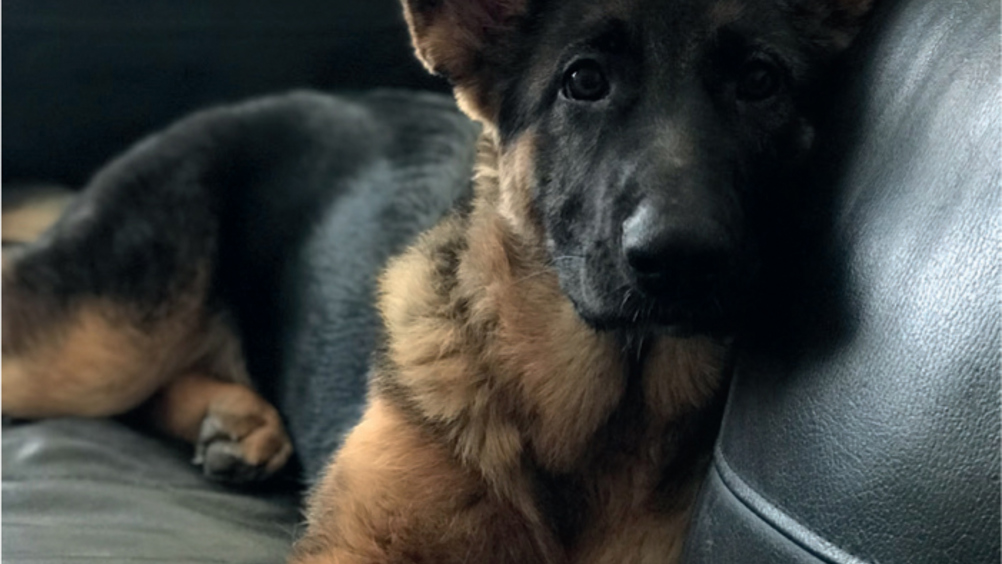References
Preparing for fireworks now and sound sensitivity later

Abstract
Over 2 ¼ million dogs in the UK show obvious signs of fear of firework sounds — yet we only attempt to help once it's too late! Claire Hargrave explains.
The latest 2019 PDSA Animal Welfare Report (just published — see below) informs us that 23% of the UK's 9.9 million companion dog population is reported by owners to be fearful of the sounds associated with fireworks. Yet this sub-set of the UK's canine population only accounts for those dogs whose owners actually recognise the signs that fearful dogs display, suggesting that there is a huge population of dogs that are less overt responders to sound sensitivity, that remain suffering yet unnoticed. Additionally, when owners find it so difficult to identify the suffering of their companion dog, that spends the majority of its day in close proximity to them, how can they possibly be expected to identify the noise-related distress of other companion species without considerable veterinary-related focus on the problem? So, when sound sensitivity is such an obvious welfare problem, why is it that the veterinary profession only become animated about it just prior to the annual ‘firework’ season?
Register now to continue reading
Thank you for visiting The Veterinary Nurse and reading some of our peer-reviewed content for veterinary professionals. To continue reading this article, please register today.

